Sleep & Well Being
June 2022How to Cool Down at Night
Sleeping hot is an all too common occurrence for many people. Your body temperature when you’re asleep is very important, and can play a pivotal role in your sleep cycle. The weather and your daily activities can cause your body temperature to fluctuate. But at night, just before you drift off, your temperature will drop in order to induce sleep. However, many people experience interrupted sleep because they suddenly get too hot.
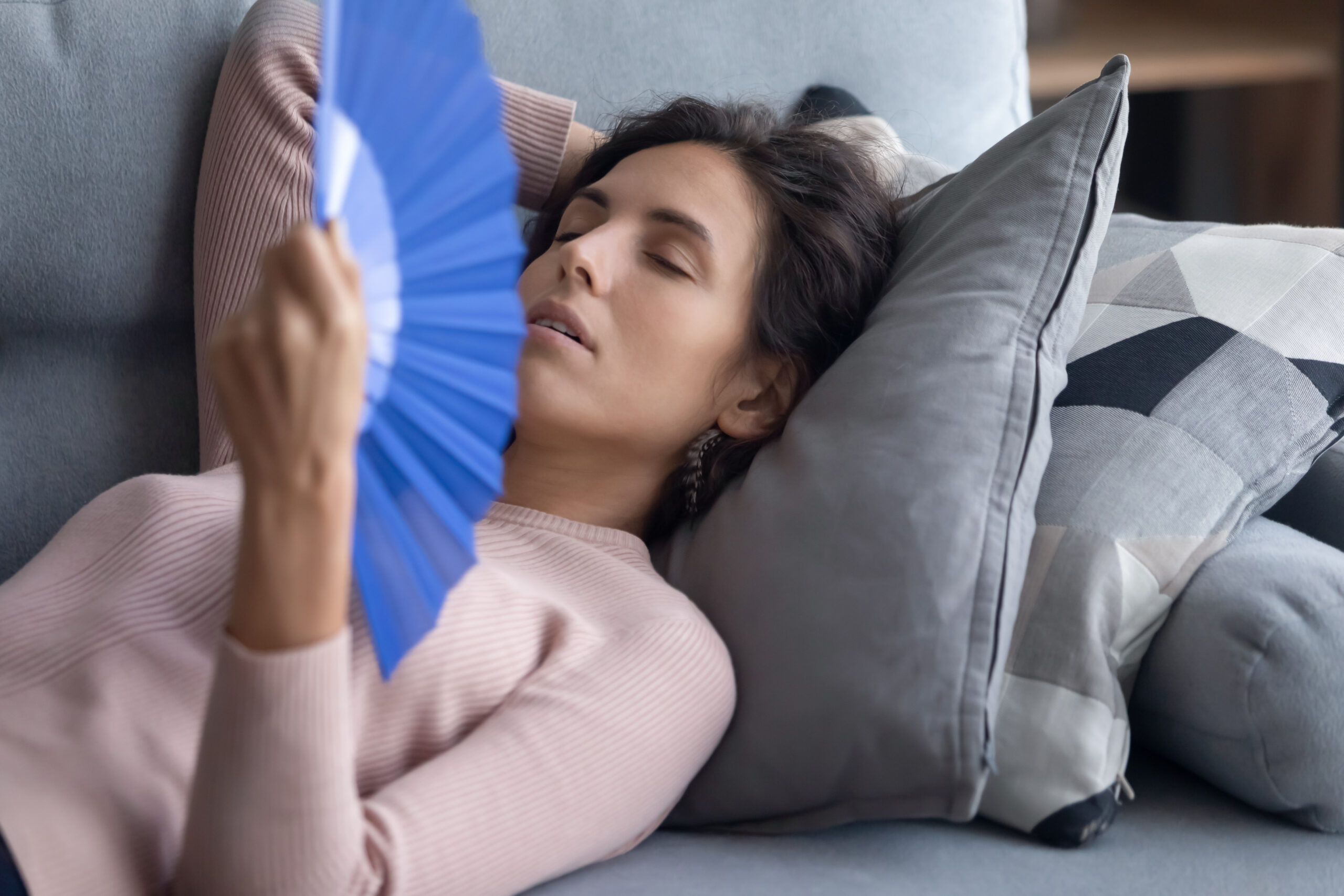
We all end up losing some heat when we sleep, but that lost heat is then reabsorbed by your mattress, sheets and other bedding materials. Some sleepers naturally give off more body heat than others. If you find yourself sleeping hotter, then you’re probably one of them. We therefore wanted to go through the main reasons why you get so hot when you sleep, and show you how to cool down at night.
Control your bedroom’s temperature
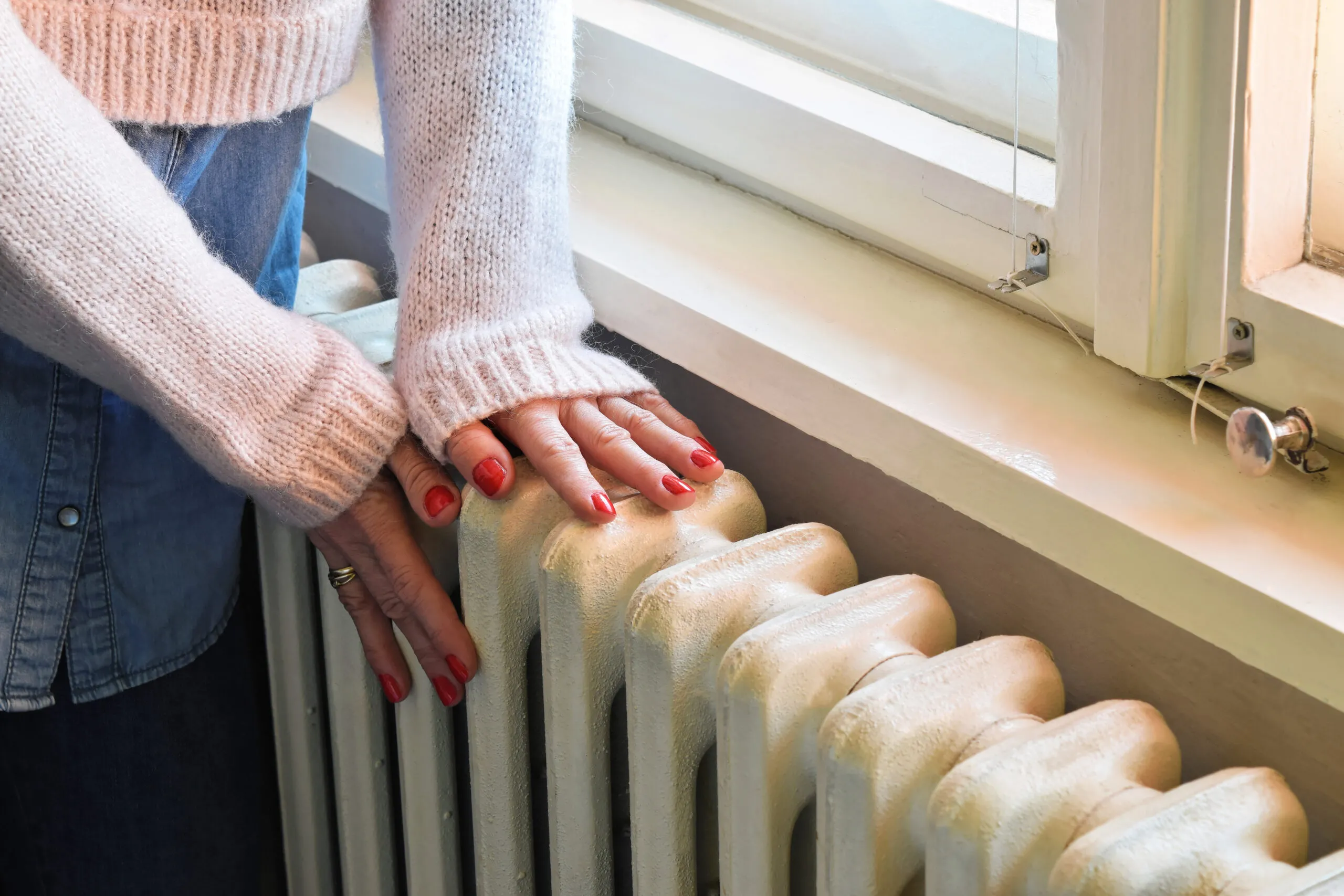
Thermostats
It may sound obvious, but is your heating or Nest thermostat coming on in the middle of the night?! You’d be surprised at just how many times we hear that this is the case. If you’re a really warm sleeper then make sure your bedroom radiator thermostat is off.
Electronics
Do you realise that all those chargers, TVs and electronic devices are emitting small amounts of heat? Move as many electronics out of the bedroom as possible to help keep it cooler. We also advise that you limit the amount of blue light that phones and laptops give off just before bed, as they can overstimulate your brain and make it harder to get to sleep.
Ambience
When you enter into REM (rapid eye movement) sleep, your brain’s ability to regulate your body temperature is essentially switched off. This means that the temperature of your room can more directly influence your own. If your bedroom is too hot or too cold, then your sleep could be disturbed.
There’s no best temperature to keep your bedroom at, because everyone’s ideal comfort levels vary. Typically, keeping your bedroom cool instead of warm will help your core body temperature to drop correctly when you enter REM sleep. It’s therefore recommended that you keep your sleep environment at around 60-65 degrees Fahrenheit or 15-18 degrees celsius.

Ventilation
If you keep your bedroom window closed, then no fresh air can enter the room. When the room gets too hot, your body will start to sweat more as a result (to compensate). Open the windows during the day so that cool air can enter your room and make it more comfortable (you don’t have to keep them open long if it’s cold). On sunny days, sometimes it helps to keep the blinds in your bedroom shut too. This will help to keep the daytime heat at bay.
Leaving a bedroom door ajar can help airflow throughout the night as well. Fans can help keep you cool, but will increase the noise in your bedroom, which can lead to disrupted sleep. It’s better to keep your bedroom cool by having fans on for an hour or so before you go to bed, and then switch them off.
Get Your Timings Right
Wash at the correct time
You might enjoy having a warm shower or bath at night to feel nice and clean before getting into bed. Doing so can help to prepare your body for sleep. This is because the warm water initially increases your body temperature, allowing it to then drop as soon as you get out. A bath is a bit more effective than a shower is when it comes to getting your body ready for rest, but you’ll still want to avoid taking one too close to bedtime.
If you have a hot shower or bath shortly before going to bed then this can actually leave you feeling too hot, disrupting your ability to doze off. Make sure you soak up the warm water around 60-90 minutes before you get into bed, as this will give your body time to adjust.
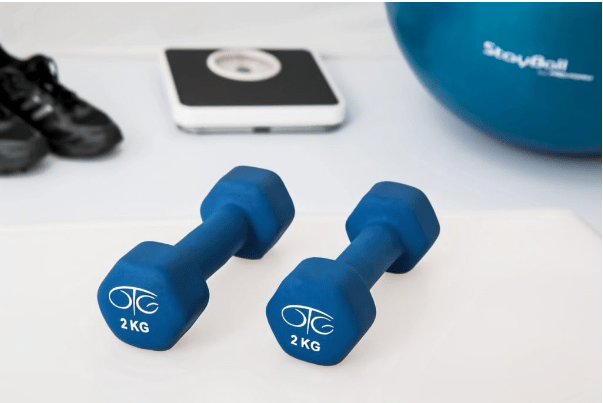
Don’t exercise too late
If you’re a night owl, you may be used to working out late at night to keep on top of your fitness schedule. However, this can play havoc with your core temperature and can lead to late-night overheating. If possible, it’s always better to exercise first thing in the morning, both for your body and your sleep regime.

Don’t eat just before bedtime
If you eat too close to your bedtime, you could be unknowingly suffering from “gustatory sweating”. This describes the sensation when you start to sweat and feel hot after eating, so you could inadvertently be making yourself warmer before bed. It’s always advisable to have a 1-2 hour gap between your last meal and bed to let your digestive system settle. This can also prevent indigestion and discomfort.
Stay consistently hydrated
Staying hydrated before bed can ensure your body has everything it needs to stay cooler during the night. If you’re dehydrated, then your body temperature will increase. This happens because your body doesn’t have enough fluid to sweat properly and regulate core temperature. We recommend keeping a glass of water by the bedside table to ensure you’re well-hydrated during the night.
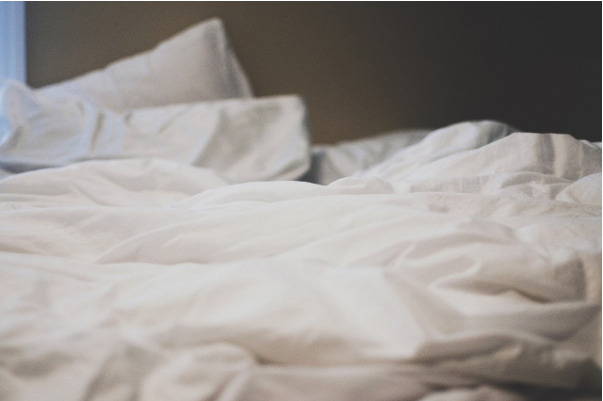
Invest in the right mattress
Add the right bedding
Polyester blend bedding has resulted in mattress covers becoming cheaper and more readily available. But did you know that polyester is one of the least breathable bedding fabrics? If you get hot, it keeps the heat trapped beneath it. If you’re looking to stay cool at night then a cotton-rich or natural fibre blend would be preferable. They may cost more, but you really do get what you pay for, and it can keep you far cooler. The same goes for your duvet. Make sure you’re choosing the lowest tog duvet you can find and consider natural fillings such as wool and goose down. These are far more breathable and “high wicking”. This means they’re able to effectively draw moisture away from your body, keeping you cool during the night and stopping you from waking up to sweaty and clammy mornings. They’re a worthwhile investment if you want a cooler night’s sleep.
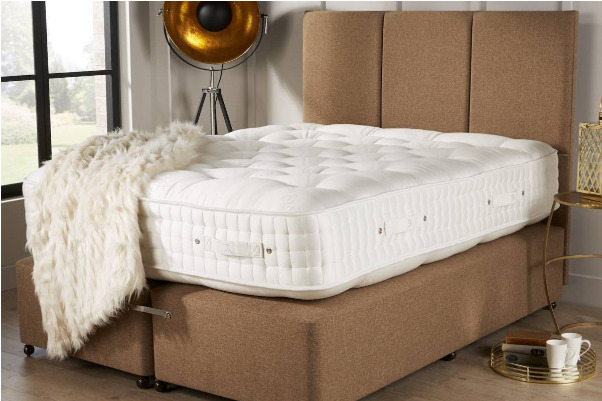
Avoid Memory Foam/Synthetics
Regulating your body temperature at night mostly comes down to the materials used in the construction of your mattress. Many have turned to memory foam and synthetic fibres, but these are actually the warmest mattress materials available!
Memory foams actually require heat to mould around you. That’s why memory foam feels so firm when you first get into bed: because it’s cold and slow to react. As it warms up, it softens, which is why it’s able to wrap around you and conform to your body shape. This, in turn, also means that you’re held by the foam mattress… which traps this heat during the night!
If you’re a hot sleeper, then choosing a mattress made from these materials will certainly cause you to overheat. Memory foam, and other synthetic man-made fibres just hold onto your body heat for far longer than you’d like. Foams are the least breathable of upholstery materials, so there’s no means of the heat escaping. Often, the only way to cool them down is to actually stop sleeping on them! They also mean you’ll be more likely to sweat during the night as your body tries to cool itself down. That perspiration will lead to a faster degradation of your mattress too.
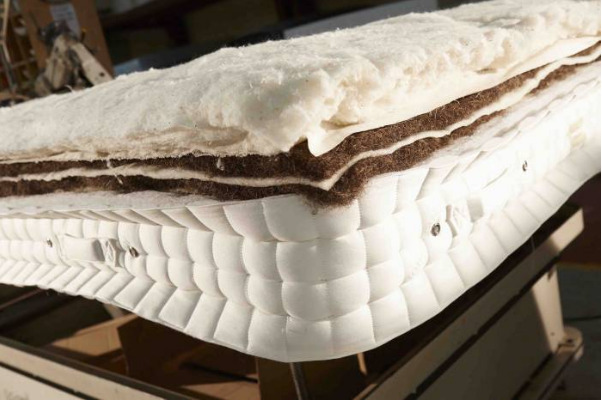
Invest in Pocket Springs/Natural Fibres
When your current mattress starts leaving you hot and bothered, then it’s time for a change. A pocket sprung mattress helps to keep you cool at night by allowing proper airflow through your mattress. It will also be far more breathable than a synthetic memory foam model, as air can pass through the pocket springs far more readily. As well as being more soothing and supportive, completely natural fillings are perfect for hot sleepers. Natural fibres, such as Wool, Bamboo and Alpaca, are all incredibly breathable and high wicking. Air will be able to flow more easily between you and the fibres, and any moisture will be effectively wicked away from your body.
Natural fibres also have a far better rebound rate than synthetic foams. Have you ever struggled to turn when sleeping on a memory foam mattress? This is because the material takes far longer to recover. Natural fibres return to their original position far quicker and are more resilient, so they last much longer than foam. As a hot sleeper, heat retentive synthetic mattresses should have no place in your bedroom!

Give Yourself Space
If you’re sharing a bed with a partner, then your mattress should also allow ‘breathing space’? If your room size allows one, a larger mattress can result in a cooler night’s sleep, as there’s more airflow between you and your partner. Zip and link mattresses can be an excellent choice to allow both of you to enjoy your own spring tension as well, and to reduce transference during the night.
Combine your mattress with all-natural comfort layers to fully support your body’s pressure points and overall temperature regulation. You’ll wonder why you ever looked at heat-retentive memory foam again! Your preference for a soft, medium or firm comfort layer is, of course, down to you, as are what steps you take to ensure a cooler night’s sleep.
If you’re ready to choose to start your journey towards the mattress that’s best suited to your unique sleeping experience, then we’ve made it easy for you to do so! You’re just 7 quick questions away from discovering a mattress make up that would not only keep you cooler, but that would also match your budget and situation. We’d love to help you find out more.

Dreaming of the perfect nights sleep?

Ask us a question
There are over 6000 questions and answers submitted by you on all questions about mattresses and bed problems. Enter a keyword such as Vi Spring, John Lewis beds, bad back or Memory Foam and see if your question has already been answered.
If you can’t find an answer in knowledge hub, ask a new question. We aim to respond to all questions within one working day.
Newsletter
Enter your email to join our newsletter. We’ll send you occasional news and mattress expertise.
